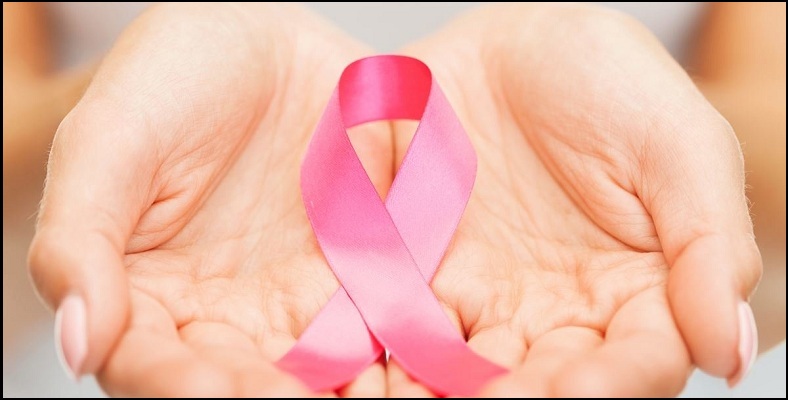
Clinical Breast Examination
- Description
- Faq's
A clinical breast examination (CBE) is a physical examination of the breast done by a health professional. Clinical breast examinations are used along with mammograms to check women for breast cancer. Clinical breast examinations are also used to check for other breast problems.
A clinical breast examination may be part of your regular checkup. Talk with your health professional about how often you need a breast examination.
Women with breast implants should also have regular clinical breast examinations.
Why It Is Done
A clinical breast examination is done to:
- Find a lump or change in the breast that may mean a serious problem is present, such as breast cancer.
- Check other breast problems that may need more treatment, such as mastitis or a fibroadenoma.
Tell your health professional if you:
- Have a new lump or change in your breasts. This includes a change in the way your nipples look or if you have any nipple discharge.
- Some women have nipples that sink into the breast, called inverted nipples. For these women, this is normal. But if you do not have inverted nipples and notice a change where your nipple becomes inverted, tell your doctor.
- Have pain in one breast, especially if the pain is not related to having your menstrual period.
- Are or might be pregnant.
- Are breastfeeding.
- Have breast implants.
- Have had a breast biopsy.
- Have completed menopause.
- Are taking hormone therapy.
- Have a personal or family history of breast cancer.
You may want to have your examination 1 to 2 weeks after your menstrual period ends, if you are still menstruating; your breasts are less likely to be tender at that time.
Talk to your health professional about any concerns you have regarding the need for the test, its risks, how it will be done, or what the results may mean. To help you understand the importance of this test, fill out the medical test information form(What is a PDF document?). How It Is DoneA clinical breast examination is done by a health professional. You will need to take off your clothes above the waist. You will be given a gown to wear during the examination.
First, your health professional will ask you questions about any problems you may have, your medical history, and your risk factors for breast cancer. Talk to your health professional about any areas of your breasts you may be concerned about. Your health professional will then examine each breast, underarm, and collarbone area for changes in breast size, skin changes, or signs of injury or infection, such as bruising or redness. You may be asked to lift your arms over your head, put your hands on your hips, or lean forward and press your hands together to tighten the muscle beneath each breast during this part of the examination. You may also lie flat on the table and put your arm behind your head while your health professional checks your breast tissue. Your health professional will feel (palpate) each breast for any unusual or painful areas or for a dominant lump. A dominant lump in the breast is any lump that is new, larger, harder, or different in any other way from other lumps or the rest of the breast tissue. Your health professional will gently press on the breast tissue from about 1 in. (2.5 cm) below the breast up to the collarbone. He or she also will examine your armpit (axillary area) and your neck for swollen glands (lymph nodes). Your health professional will likely press gently on your nipple to check for any discharge. After the examination, your health professional may teach you how to examine your own breasts (breast self-examination) and help you practice doing it. How It FeelsA clinical breast examination normally does not cause any discomfort unless your breasts are tender.
RisksThere are no risks in having a clinical breast examination.
